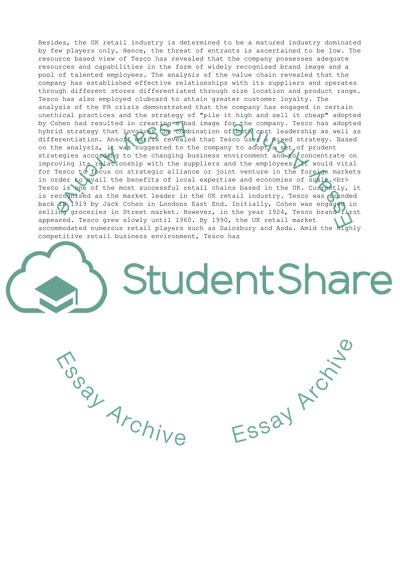Cite this document
(Individual report about Tesco Essay Example | Topics and Well Written Essays - 4000 words, n.d.)
Individual report about Tesco Essay Example | Topics and Well Written Essays - 4000 words. https://studentshare.org/business/1822629-individual-report-about-tesco
Individual report about Tesco Essay Example | Topics and Well Written Essays - 4000 words. https://studentshare.org/business/1822629-individual-report-about-tesco
(Individual Report about Tesco Essay Example | Topics and Well Written Essays - 4000 Words)
Individual Report about Tesco Essay Example | Topics and Well Written Essays - 4000 Words. https://studentshare.org/business/1822629-individual-report-about-tesco.
Individual Report about Tesco Essay Example | Topics and Well Written Essays - 4000 Words. https://studentshare.org/business/1822629-individual-report-about-tesco.
“Individual Report about Tesco Essay Example | Topics and Well Written Essays - 4000 Words”. https://studentshare.org/business/1822629-individual-report-about-tesco.


